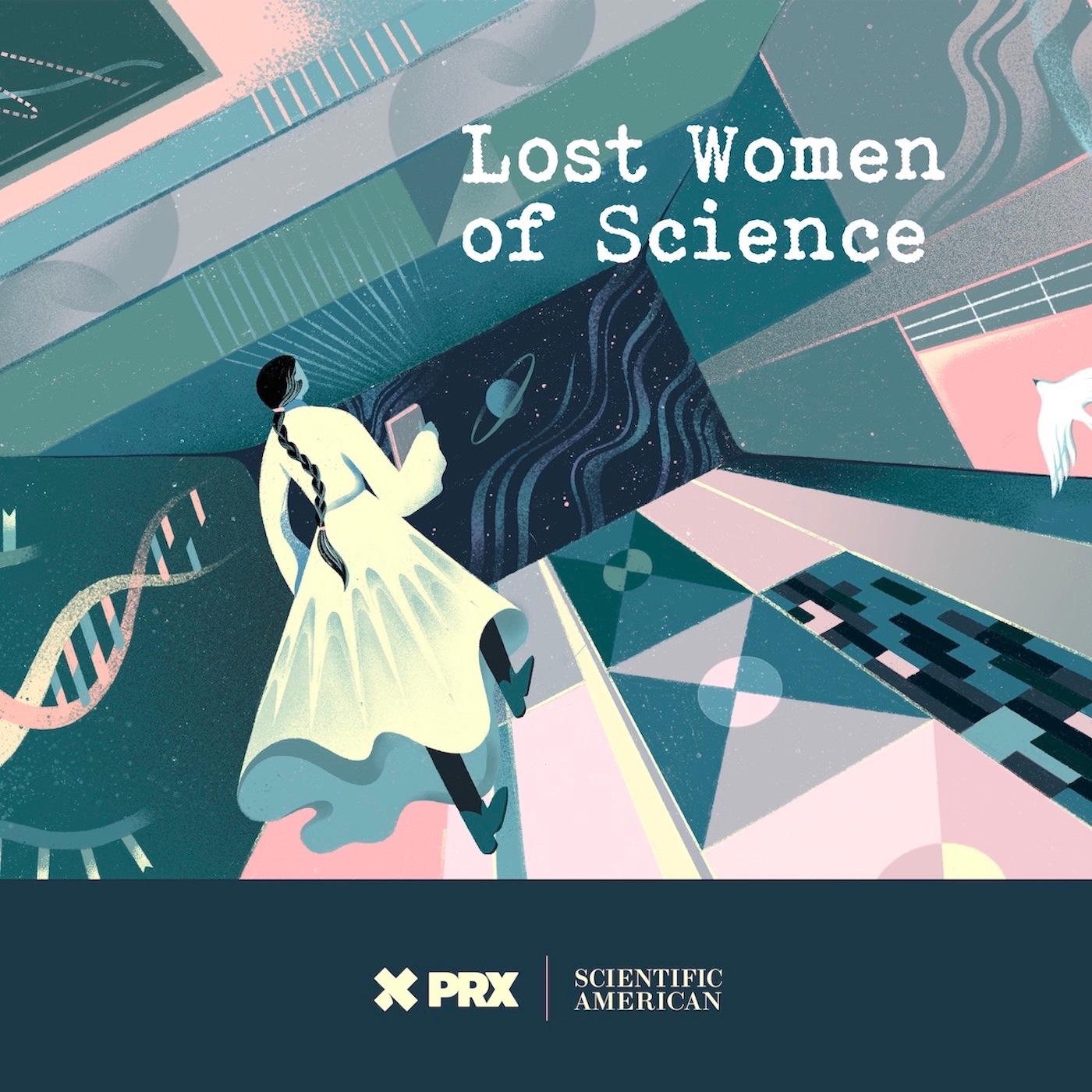
Lost Women of Science
Lost Women of ScienceFor every Marie Curie or Rosalind Franklin whose story has been told, hundreds of female scientists remain unknown to the public at large. In this series, we illuminate the lives and work of a diverse array of groundbreaking scientists who, because of time, place and gender, have gone largely unrecognized. Each season we focus on a different scientist, putting her narrative into context, explaining not just the science but also the social and historical conditions in which she lived and worked. We also bring these stories to the present, painting a full picture of how her work endures.
For every Marie Curie or Rosalind Franklin whose story has been told, hundreds of female scientists remain unknown to the public at large. In this series, we illuminate the lives and work of a diverse array of groundbreaking scientists who, because of time, place and gender, have gone largely unrecognized. Each season we focus on a different scientist, putting her narrative into context, explaining not just the science but also the social and historical conditions in which she lived and worked. We also bring these stories to the present, painting a full picture of how her work endures.


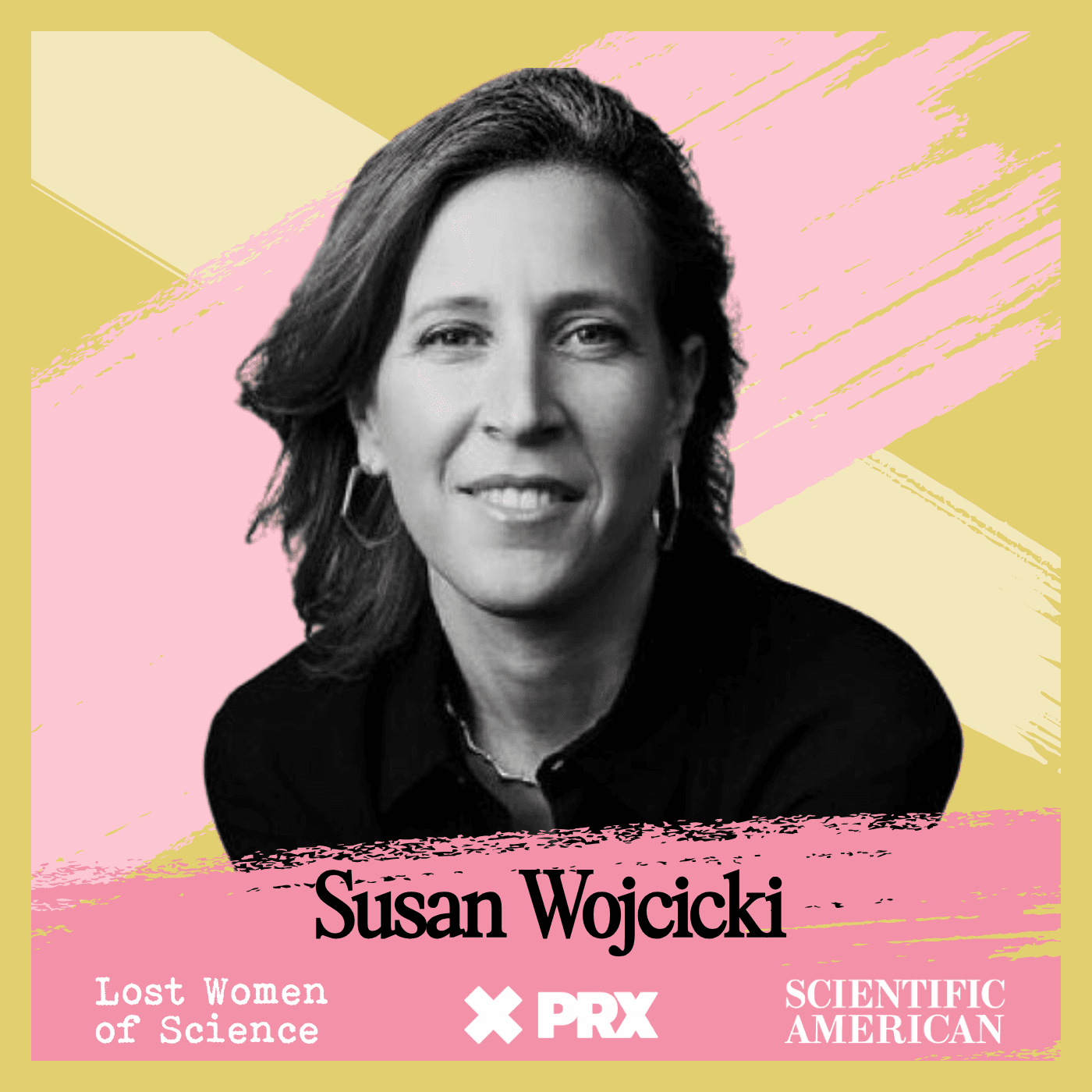















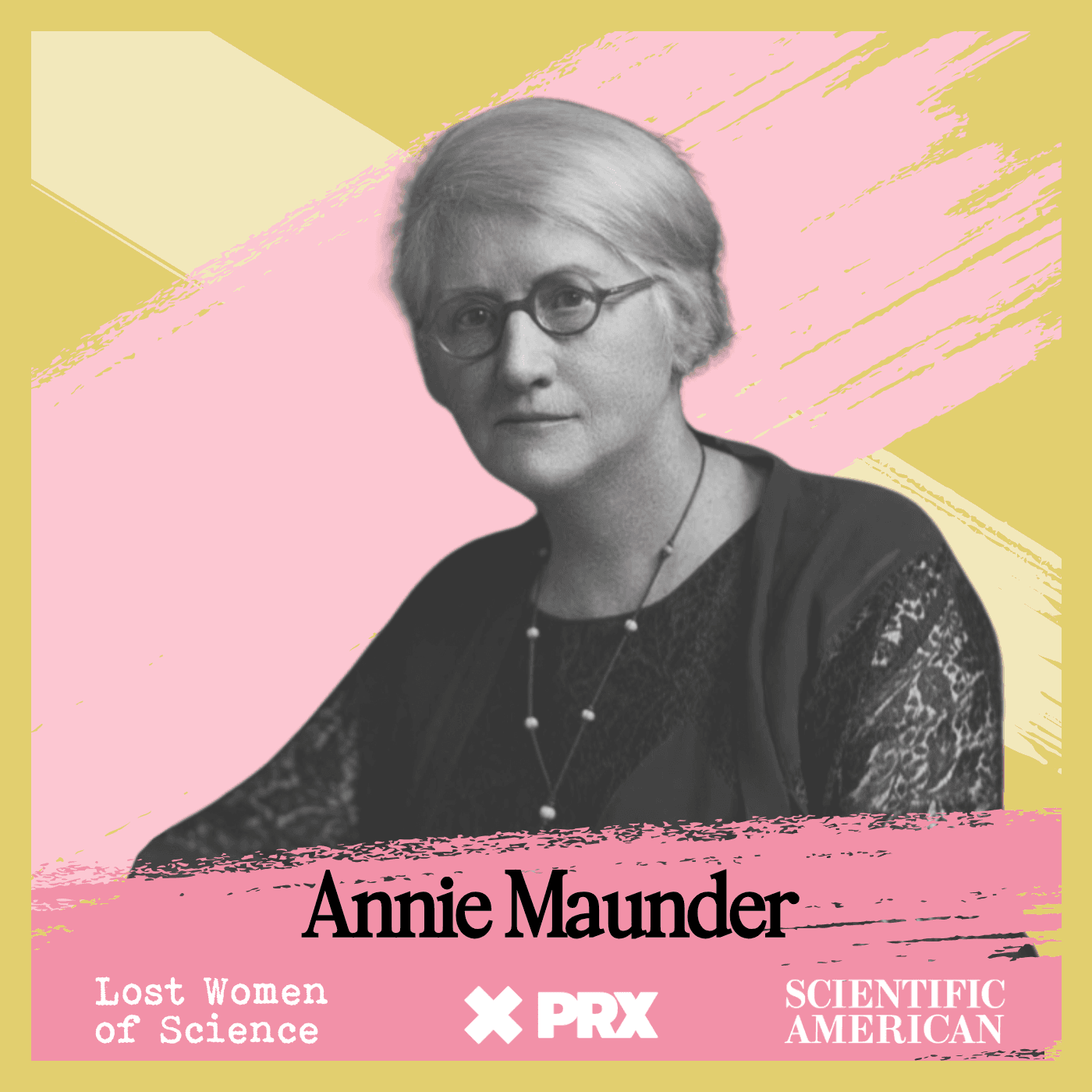









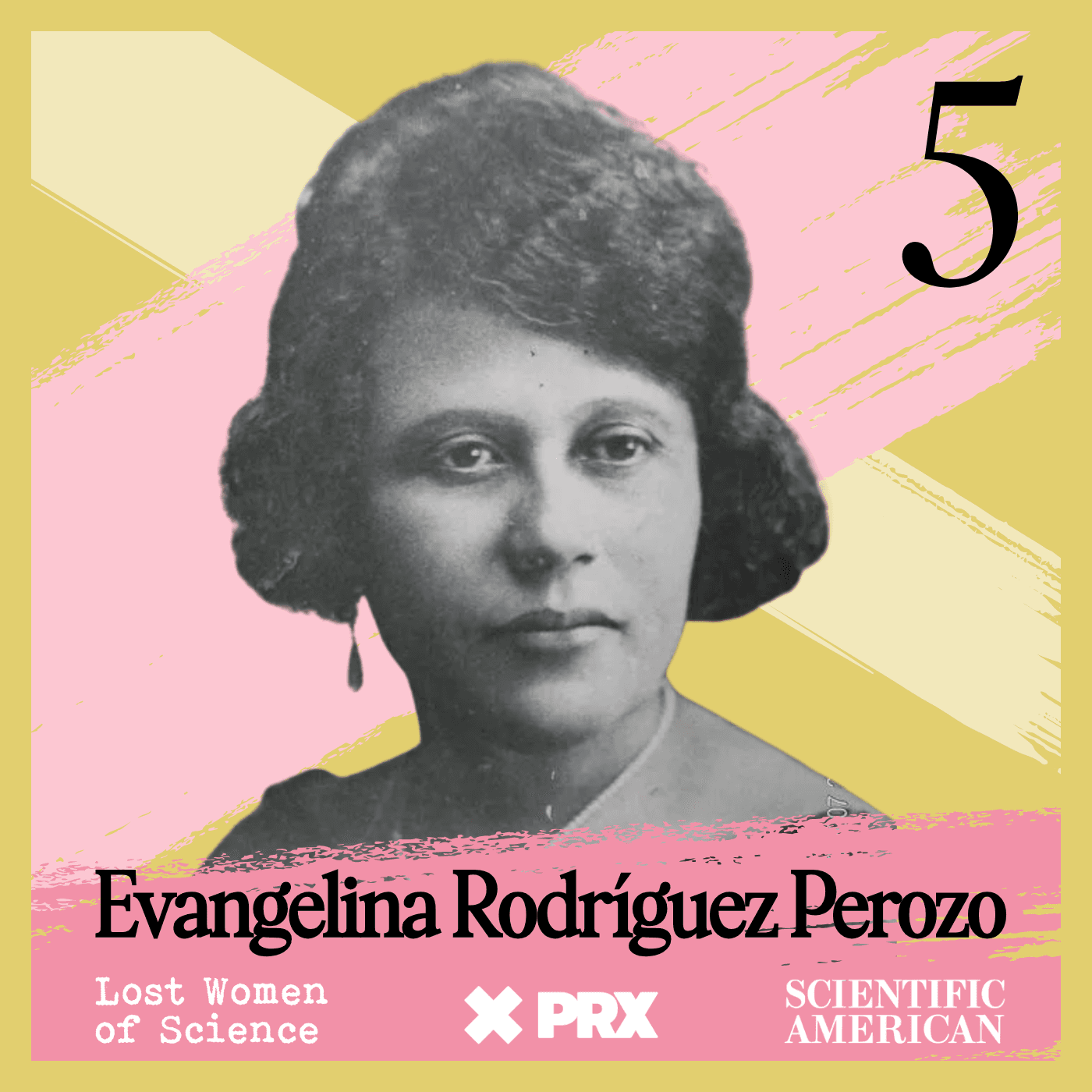













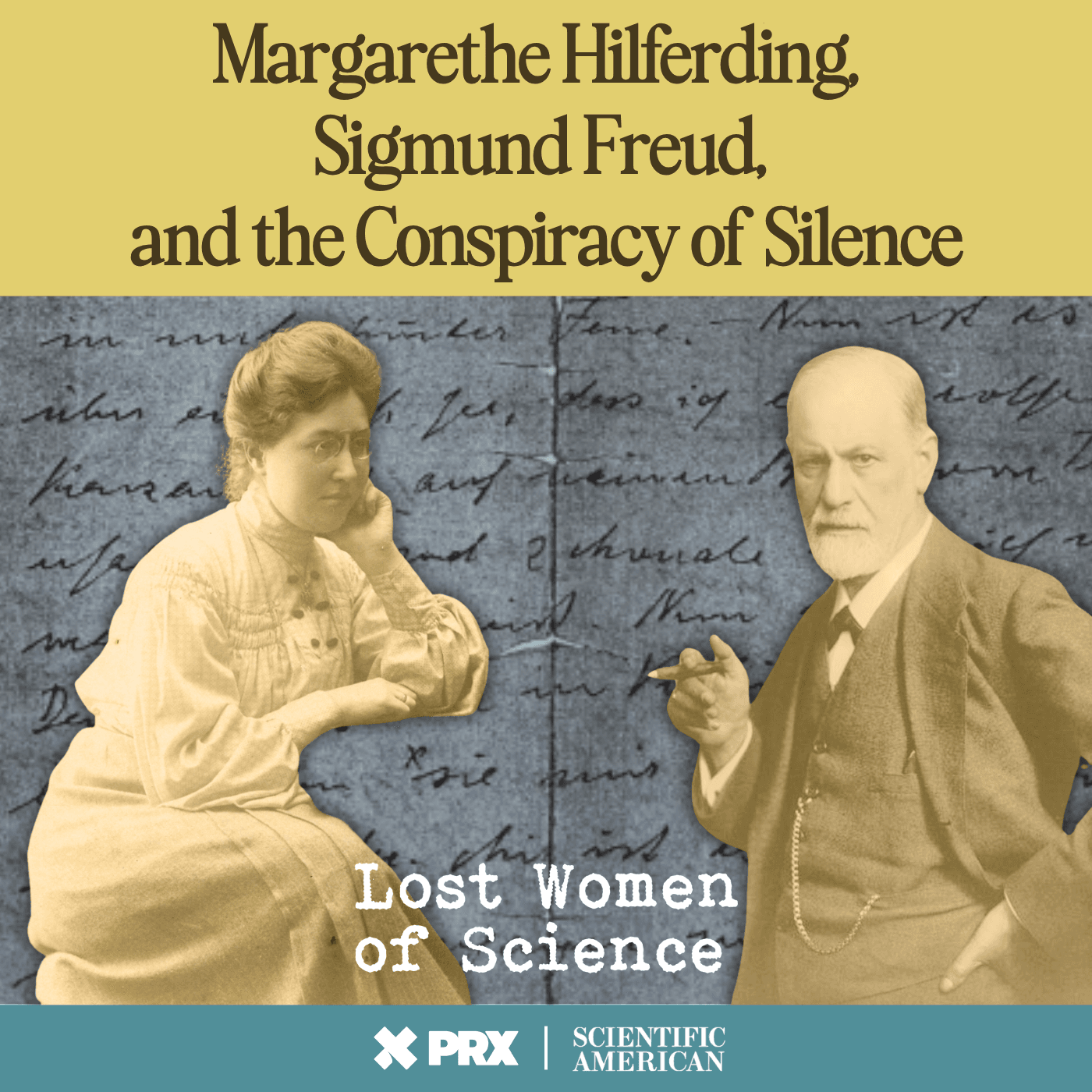





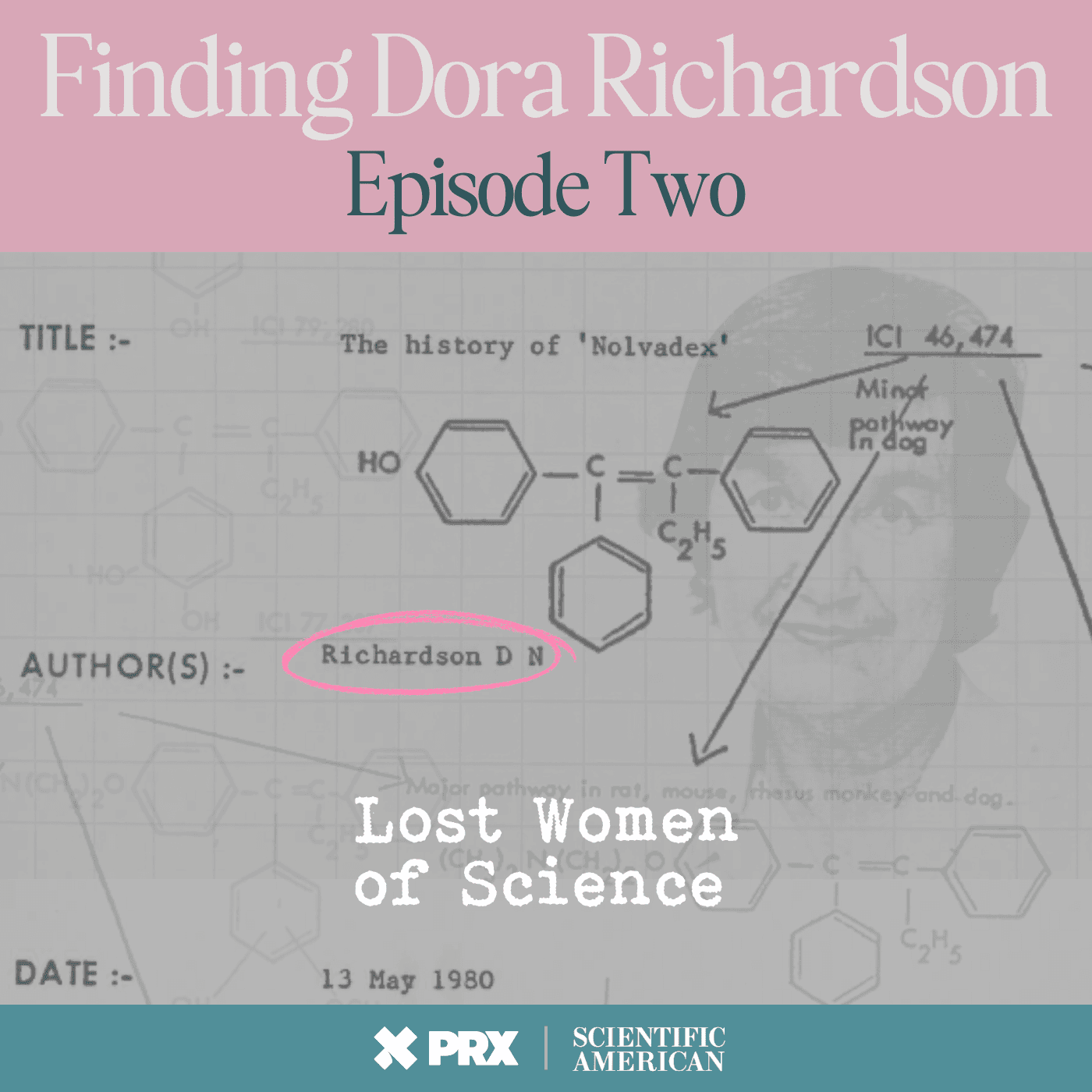
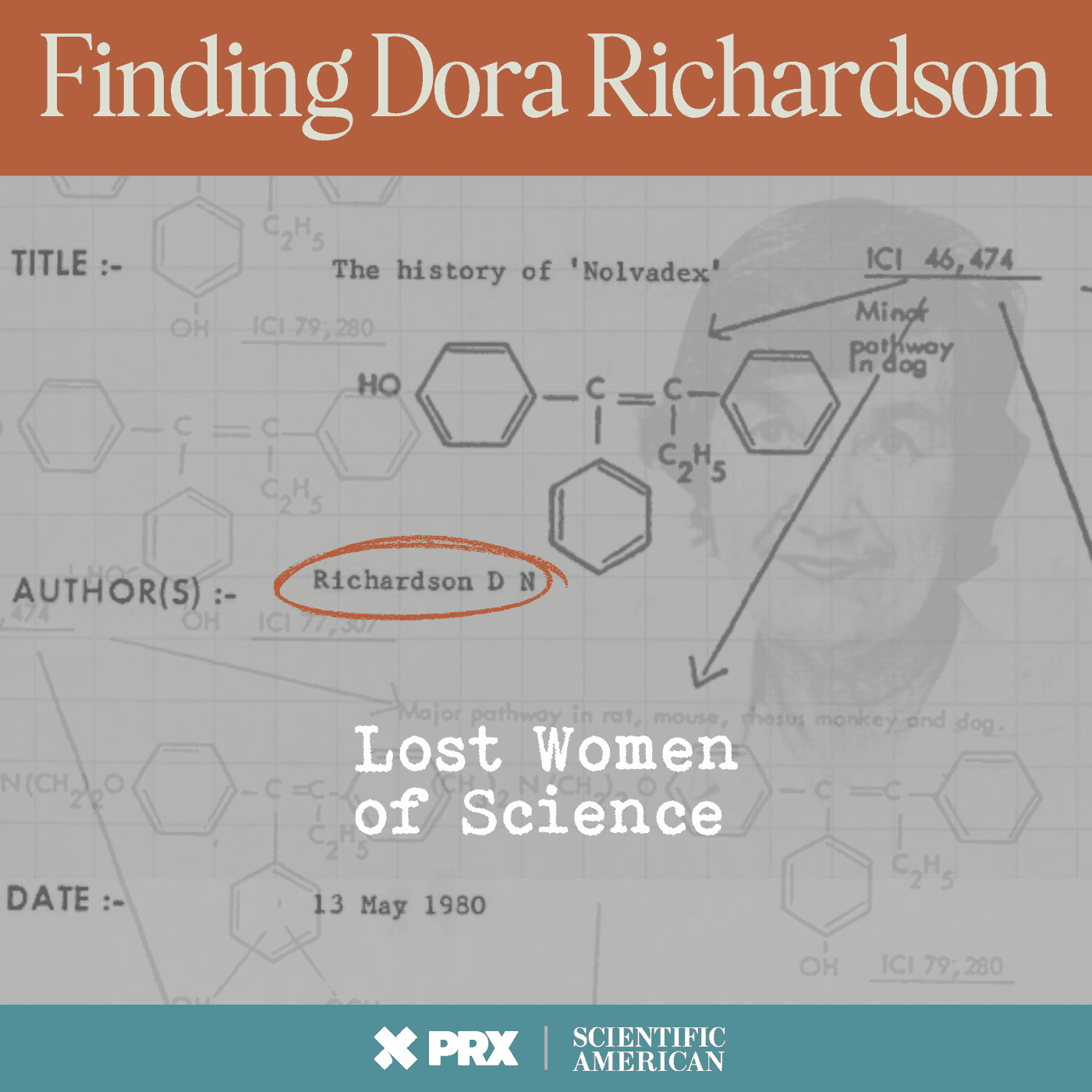


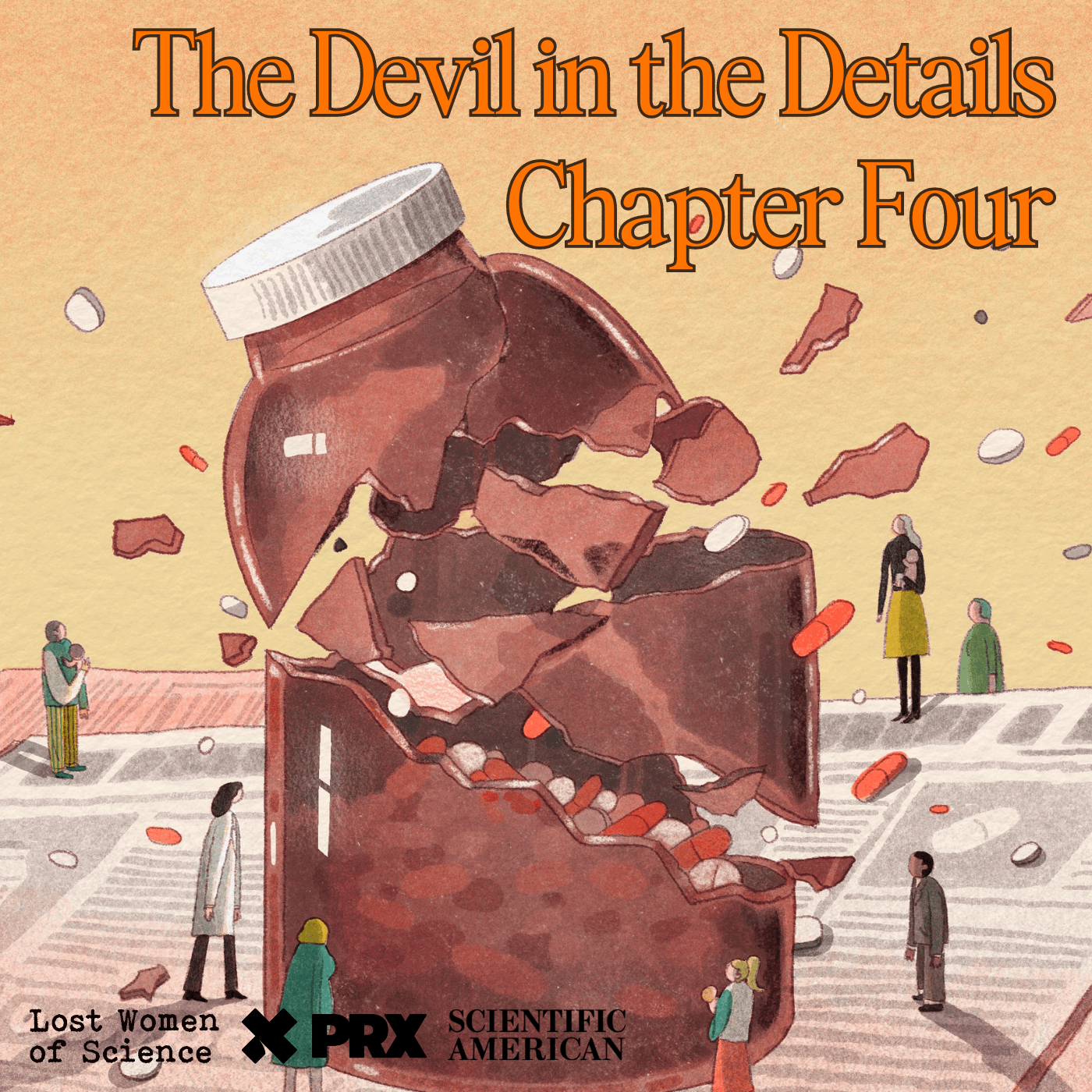
















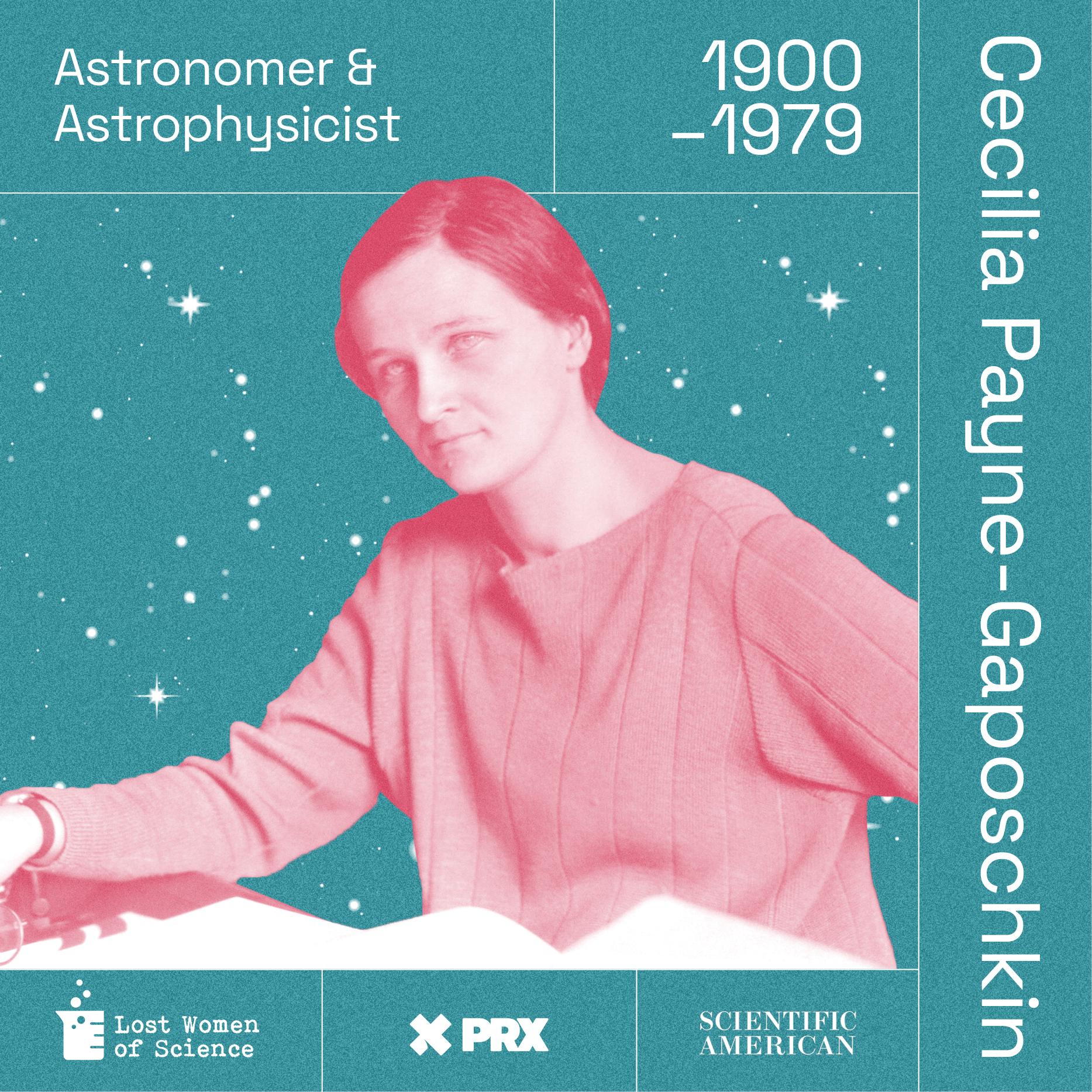

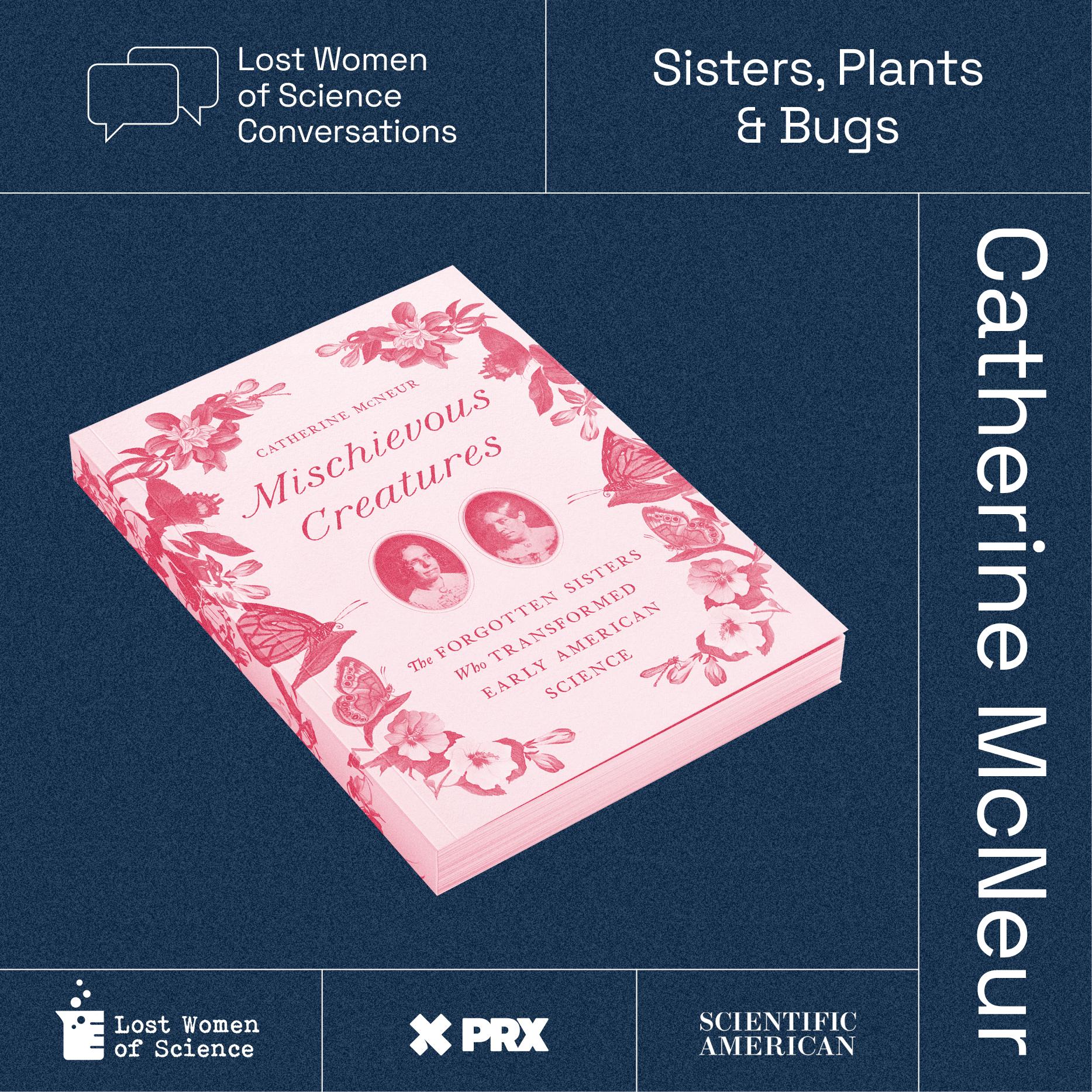























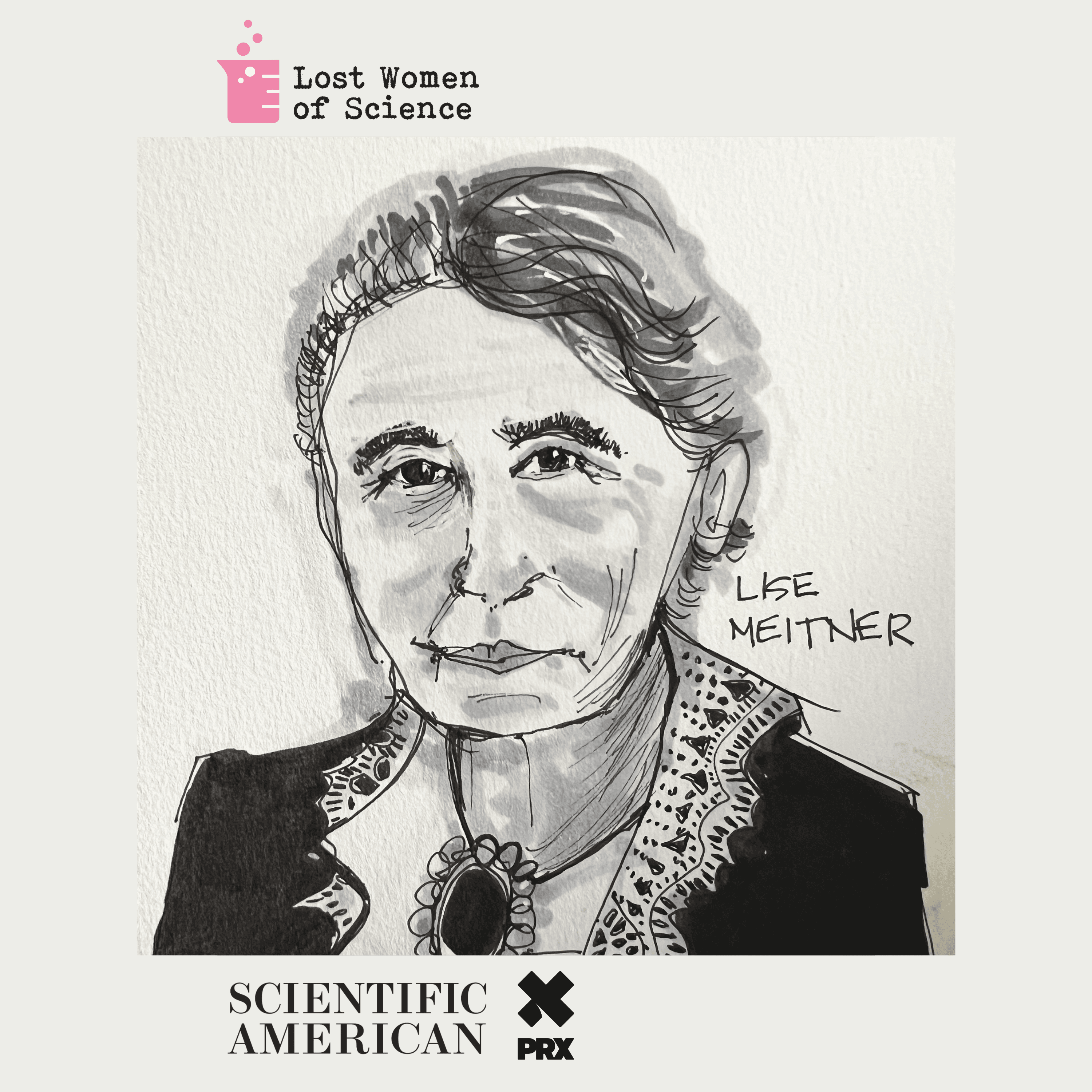




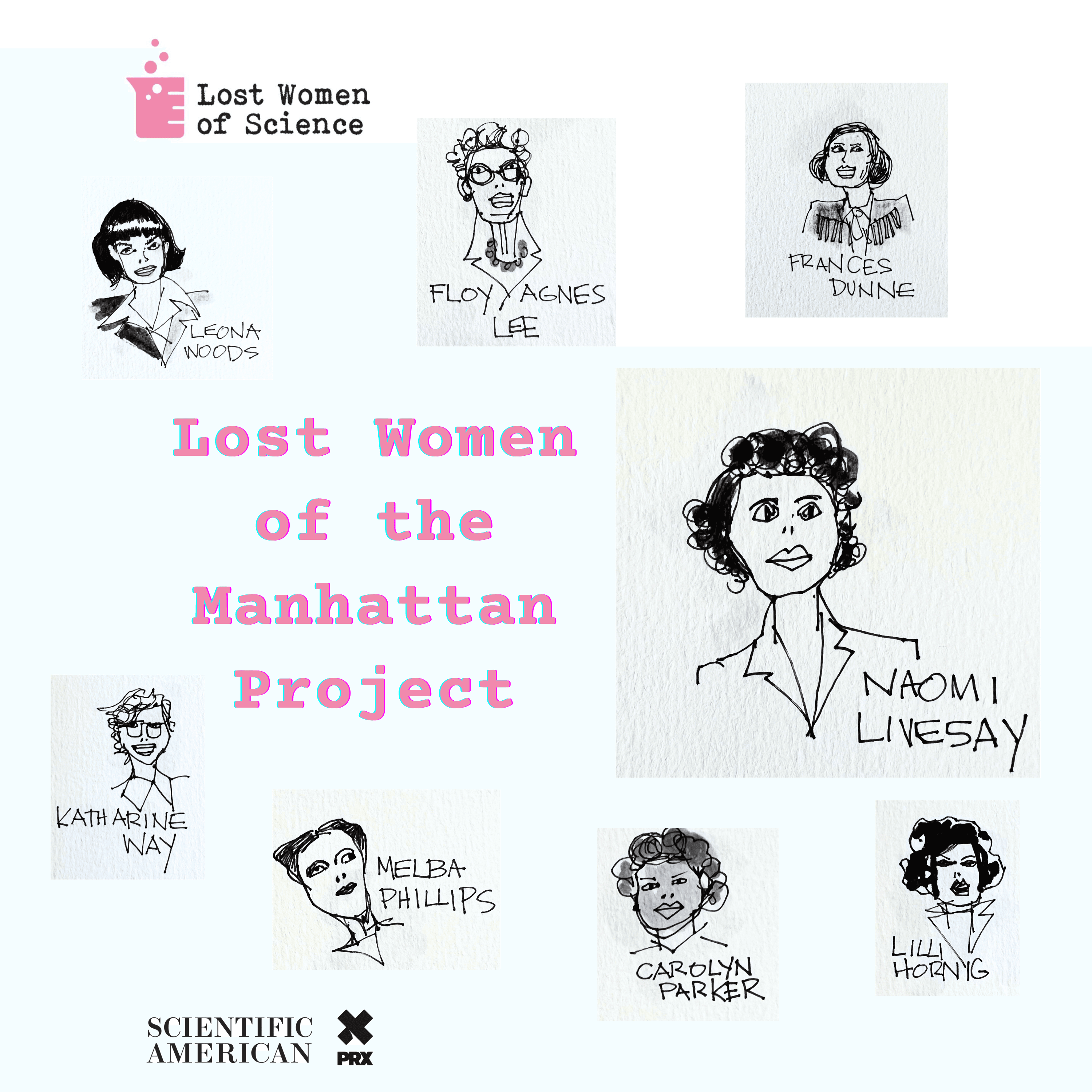




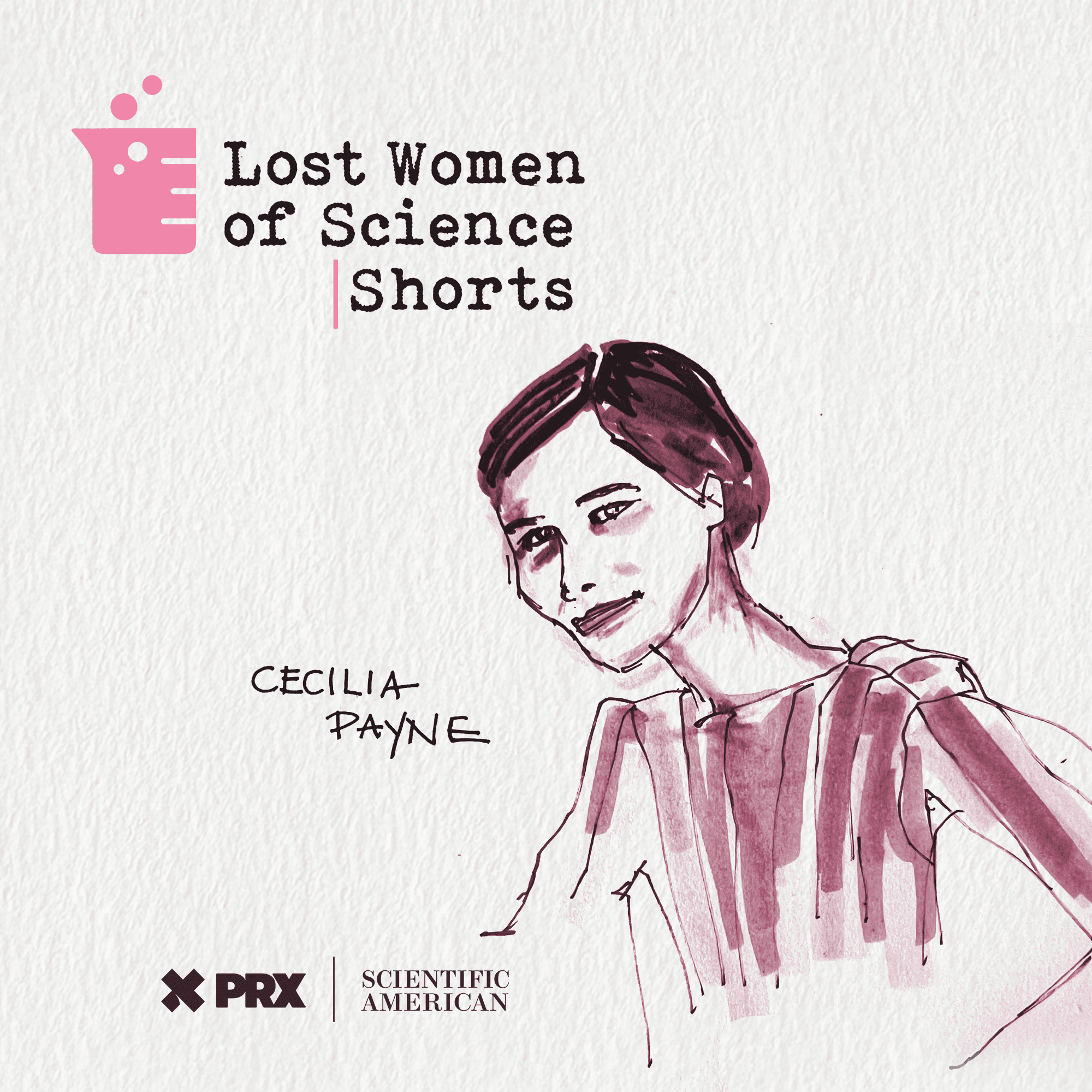


























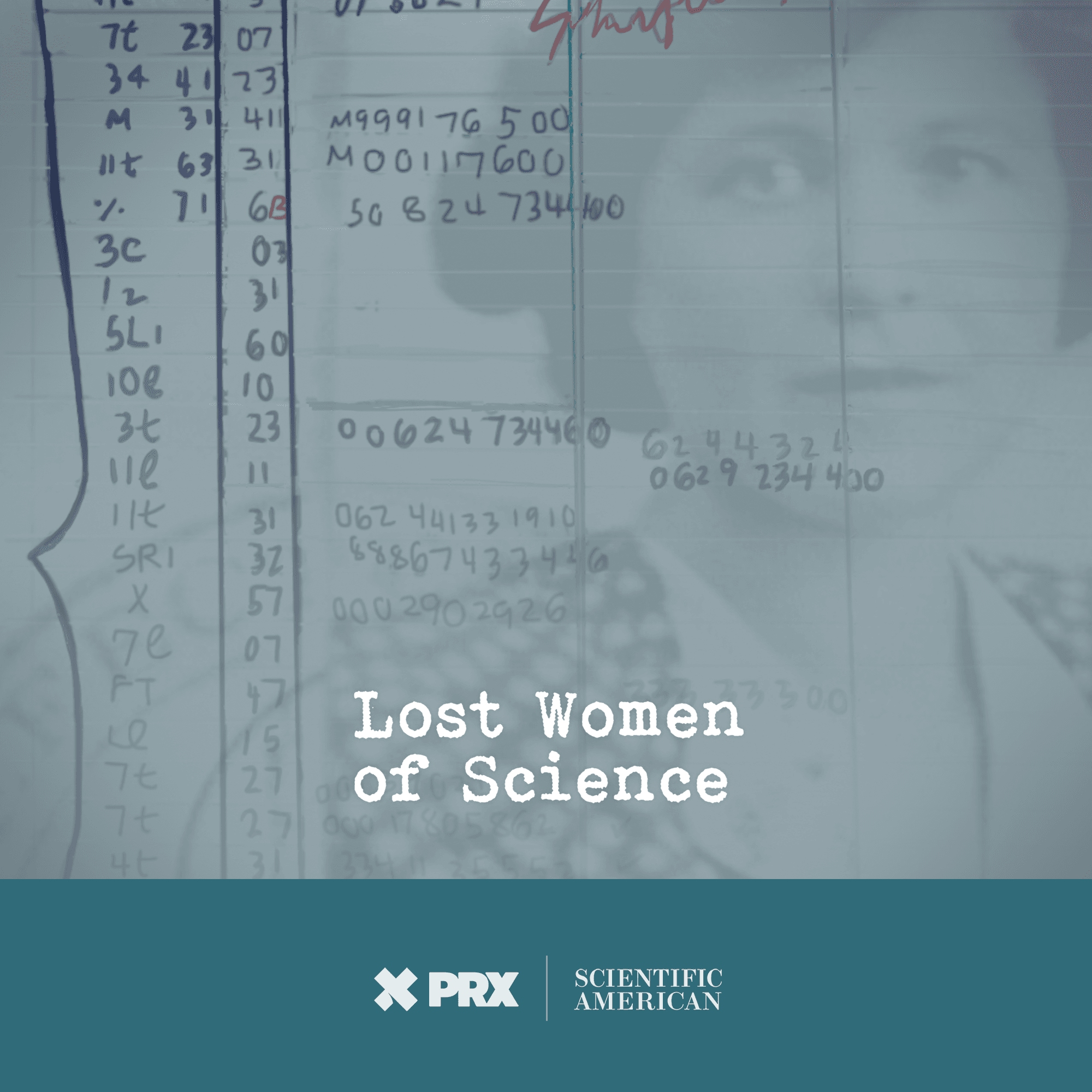
Lost Women of Science Conversations: Wild By Design

When Laura J. Martin decided to write a history of ecological restoration, she didn’t think she would have to go back further than the 1980s to uncover its beginnings. What she found, however, deep in the archives, was evidence of a network of early female botanists from the turn of the last century who had been written out of history. Wild by Design: The Rise of Ecological Restorationsets the record straight. It tells the stories of Eloise Butler, Edith Roberts and the wild and wonderful gardens they planted and studied.
Learn about your ad choices: dovetail.prx.org/ad-choices